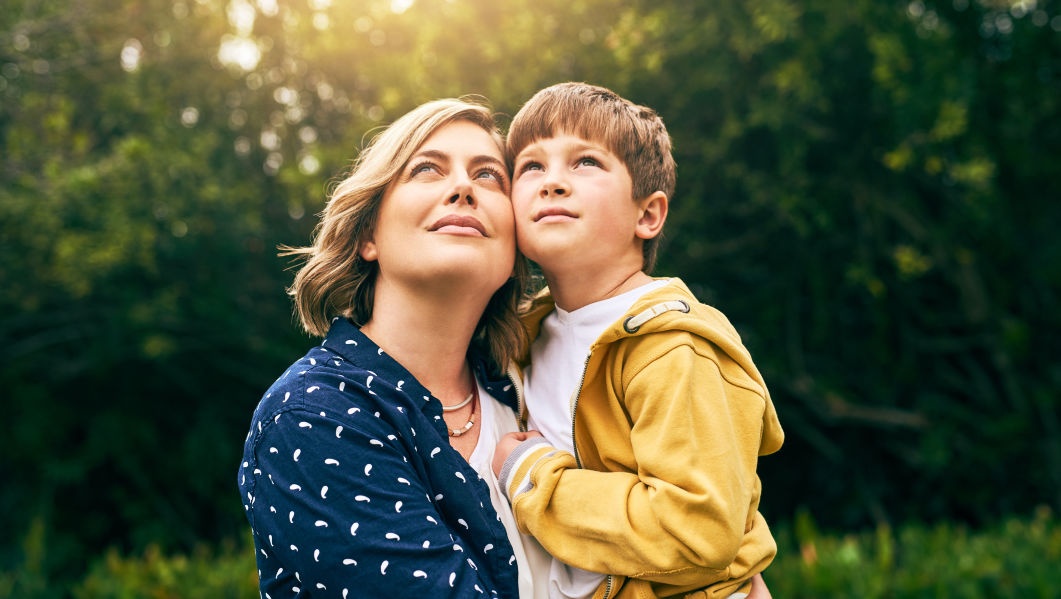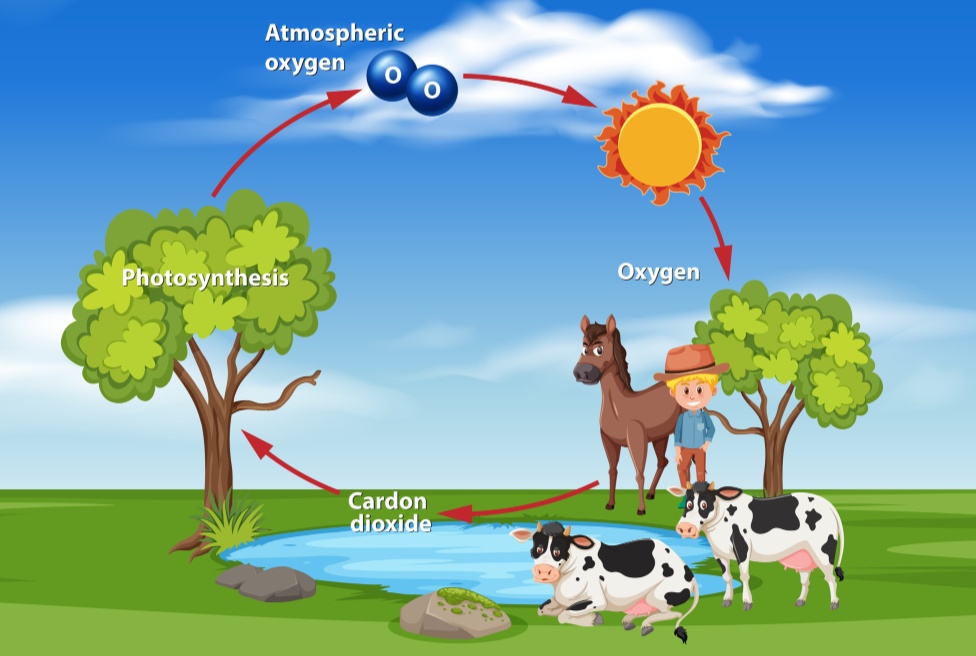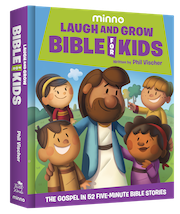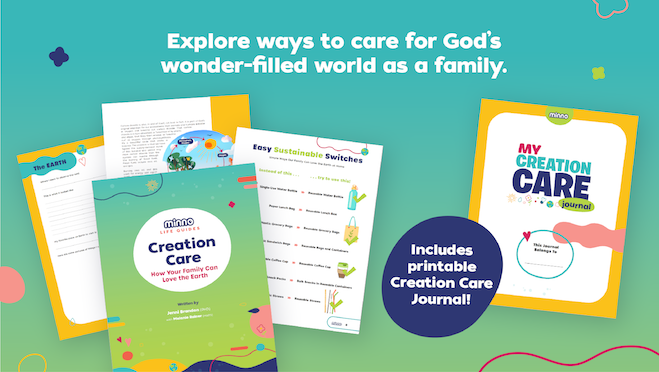Creation Care for Kids: How to Protect the Air We Breathe

We don’t often think about the air around us or the breaths we take. Breathing is an unconscious action that keeps us healthy and alive, but God, who’s planned all of our days (Psalm 139:16), is also responsible for the breath in our lungs (Job 33:4, Genesis 2:7). You might not associate air with God, but God is the God of all things, including air (Job 12:10, Job 27:3), the sky and the atmosphere (Psalm 8:3, Psalm 19:1, Isaiah 40:22, Deuteronomy 4:19, Job 26:7), and wind (Mark 4:39-41, Ecclesiastes 1:6, Revelation 7:1, Numbers 11:31, Jonah 1:4). Certainly, wind, which is how He often describes His own Holy Spirit, part of the holy trinity (John 3:8, Acts 2:1-4)! These invisible parts of the world around us are all evidence of God’s creation and power.
How could we have an effect on something as large and immense as the air?
Well, you’ve probably heard that our air and atmosphere are getting warmer, due to climate change and greenhouse gases, and carbon emissions. Maybe you aren’t sure exactly what that means.
What are Carbon Emissions?
Well first, carbon in itself is not bad. Carbon is the sixth most common element in the universe; it exists in all living things, as well as in many non-living things like the earth’s crust, diamonds, graphite, limestone, and viruses. In fact, carbon can form more compounds than all the other elements combined! There are over ten million carbon compounds identified to date. And the compounds can come in vastly different forms: soft, black graphite and clear, hard diamonds are in fact both pure carbon!
Carbon dioxide is also in and of itself not bad. In fact, it is part of God’s original intention for our ecosystems that animals and humans breathe in oxygen and breathe out carbon dioxide. That carbon dioxide is in turn absorbed, or “breathed in” by plants and algae, that they then release, or “breathe out” as oxygen, through photosynthesis. It’s a beautiful circle, that works in balance. The problem is that we have tipped the supply-demand curve of this balance, and have added way more carbon dioxide than the system can handle, through the burning of fossil fuels.

Burning coal, oil, and gas used for energy add significant amounts of carbon dioxide into our atmosphere and air. How much? Carbon dioxide levels in the atmosphere are currently higher than at any point in the last 80,000 years, and the increase in the last 60 years is about 100 times faster than previous natural increases, like at the end of the last ice age. There are other gases also released into our air when fossil fuels are burned, including carbon monoxide and methane. Altogether, these gases form what is called the Greenhouse Gas Effect.
What is the Greenhouse Gas Effect?
The Greenhouse Gas Effect is also not all bad. In fact, it’s what allows life on earth! That’s because our planet Earth exists in the cold dark vacuum of space, but it is surrounded by a protective atmosphere, and it is warmed by the sun (Genesis 1:1-19). If the sun’s rays just beat down on Earth with no atmosphere, Earth would be 0°F, and life couldn’t survive in those freezing temperatures. But because our atmosphere is full of greenhouse gases, the sun’s heat is trapped, and acts like a greenhouse, or a cozy blanket, keeping the heat and moisture in and warming the earth up to about 60°F, a temperature hospitable to life. Some of the sun’s rays escape back through the atmosphere and re-enter space, so it’s not too hot. But as we add more and more carbon emissions to the atmosphere, something is happening to the greenhouse gas effect: more gases mean they are trapping the sun’s rays, and reflecting more of them back onto Earth, and letting less escape back into space. In short; more gases in the atmosphere equals a hotter planet. Between pre-industrial times and now, the Earth’s average temperature has increased 1.8°F.
Though 1.8°F might seem like a small amount, it has already started to cause more heatwaves, more droughts and wildfires, less snow and ice, thawing permafrost, stronger storms, changing rain and snow patterns, changes in plant lifecycles and animal migrations, warmer oceans, and sea-level rise, among other things. These things can affect humans’ safety and livelihoods, from coastal communities having to move because of sea-level rise to farmers not being able to grow crops because of severe droughts.
Though climate change may seem like an overwhelming problem to try to solve as an individual person or family, there are numerous ways we can all help!

How can we protect the air God gave us?
- Learn about climate change. Katharine Hayhoe, noted climate scientist and evangelical Christian, says the number one way to combat climate change is to talk about it. That’s especially important for your kids. Here are some easy experiments that you can do to teach your kids about the greenhouse gas effect. Explore the Greenhouse Effect | Make Sun Smores
- Walk, bike, run. Our cars burn gasoline, which adds to carbon emissions. Brainstorm with your family what errands could be done by biking or walking instead of using the car, or which errands could be combined for less car time!
- Install solar panels. Our houses use a lot of fossil fuels for electricity. But solar panels use the sun to keep your house warm and the sun is a completely renewable resource. Bonus: our house has solar panels and we save so much on electricity, sometimes the power company even buys it back from us!
- Eat less red meat. I mentioned this in the first Creation Care for Kids post, but cows actually produce a lot of methane, which is a large contributor to greenhouse gases. If you replaced every beef meal with chicken, you could save 882 pounds of carbon dioxide from entering the atmosphere! Start small, and try swapping out one meal a week.
. . . . . . . . . .
Next Post in the Series: How to Nurture the Earth’s Vegetation
. . . . . . . . . .
Caring for God’s amazing creation can feel like a really big job! But you don’t have to memorize statistics, understand the latest science, or even dramatically change your lifestyle to care for the earth. Creation care can start with simple habits and just being aware . . . that God created the earth and every amazing thing in it, and that we are called to take care of His creation.
Our latest Minno Life Guide: Creation Care: How Your Family Can Love the Earth, written by Jenni Brandon, Ph.D. and Senior Scientist at Applied Ocean Sciences, will help your family discover small changes that will make a big impact on the beautiful world God made.
- Learn scientific facts about our land, air, water, plants, and animals and how they are changing for the good and not-so-good.
- Discover ways your family can make small changes to help conserve our resources.
- Engage in conversations and simple creation care practices with the ideas and prompts in this guide.
- Use the included Creation Care Journal to guide kids on a journey of exploration into the wonderful world God made and their opportunity to steward it well.
Visit the Minno Store to get your Creation Care Life Guide!
. . . . . . . . . .

Jenni Brandon received her Ph.D. in Biological Oceanography at Scripps Institution of Oceanography in December 2017, focusing on the nascent field of marine microplastics. She is an expert in quantifying and identifying marine microplastics and has developed multiple novel methods to identify the spatial and temporal ranges of microplastics and determine the age of plastics exposed to varying weathering conditions in the environment. She is passionate about the world of science communication, having given hundreds of interviews and talks to all types of stakeholders, and was a college lecturer on communicating science to the public during her post-doc at Birch Aquarium. She is active in her church and serves as a Young Life committee member in Encinitas, California. For more of her personal outreach articles and articles about her research, please check out www.jenniferabrandon.com or follow her on twitter at @PlasticsJenni.
. . . . . . . . . .
More resources and fun to get your family excited about Creation Care:
Minno Shows About Creation
The Wonderful World of Science with Dr. Schniffenhousen
Minno Books about Creation

Board Books featuring beloved What’s In The Bible? brothers, Clive and Ian:

